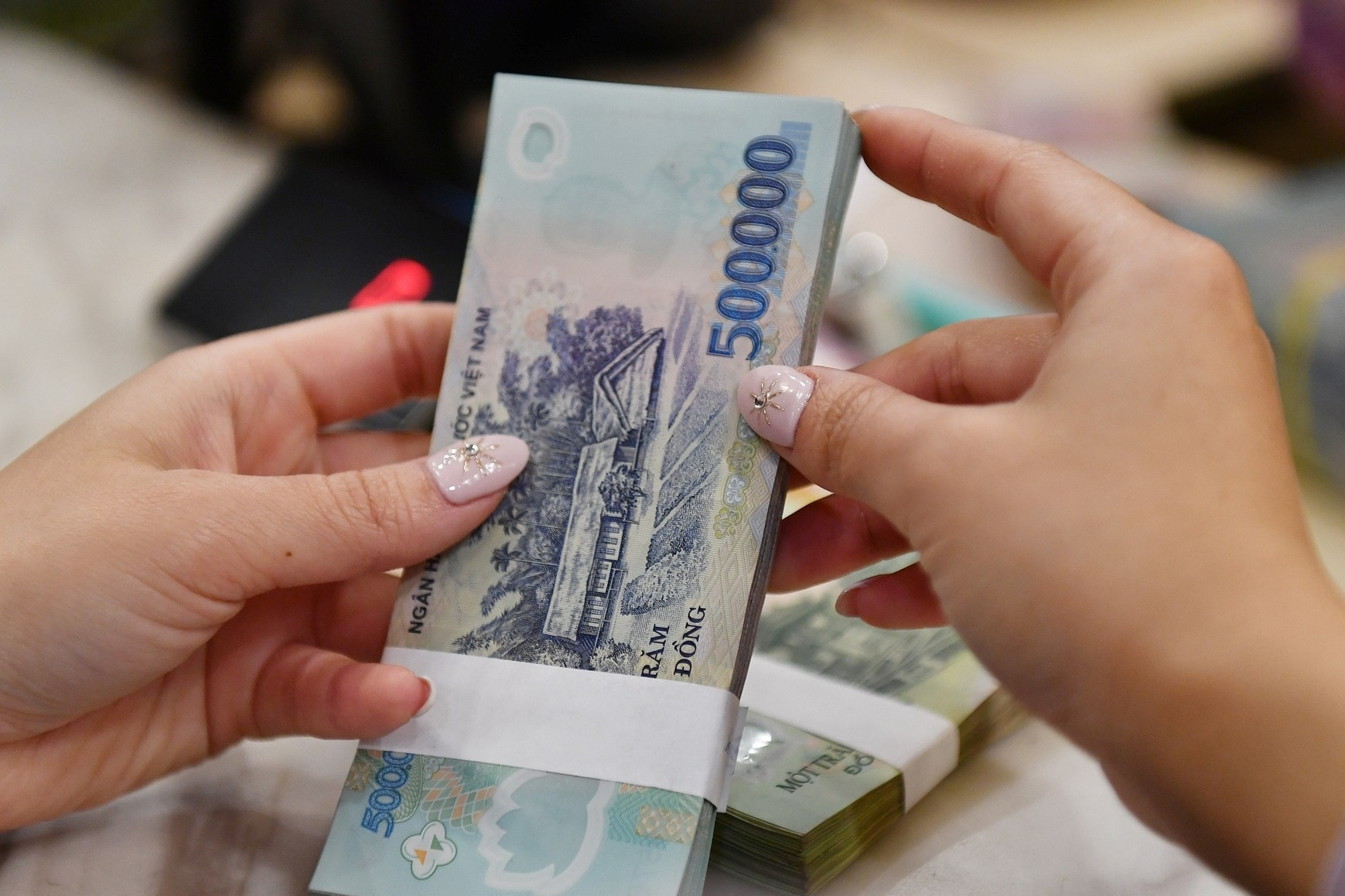

The Ministry of Finance has proposed reducing Vietnam’s progressive personal income tax (PIT) structure from seven brackets to five, while retaining the top tax rate of 35%, in a bid to streamline the system and ease taxpayer compliance.
Currently, Article 22, Clause 2 of the Personal Income Tax Law stipulates seven progressive tax rates for income from salaries and wages: 5%, 10%, 15%, 20%, 25%, 30%, and 35%.
In its draft of the revised Personal Income Tax Law - now open for public consultation - the ministry outlines two proposed options for the new tax schedule. Both aim to simplify the system by reducing the number of brackets and widening the income thresholds between each bracket.
Details of the two proposals:
In both options, the PIT schedule is reduced to five brackets, with the top rate maintained at 35%.
According to the Ministry of Finance, a streamlined structure will help simplify administration, facilitate tax declarations and payments, and align Vietnam with global trends in personal income tax reform.
Both options also adjust income thresholds to rounded figures, which simplifies tax calculations. However, they differ in how they impact taxpayers at various income levels.
Under Option 1, taxpayers in the lowest income bracket will see no change, but due to adjusted family deduction thresholds, they will still pay less tax. Taxpayers in higher brackets will enjoy more significant reductions. For example:
A monthly taxable income of VND 10 million (approx. USD 390) would save VND 250,000 (USD 9.75);
VND 30 million (USD 1,170) would save VND 850,000 (USD 33.15);
VND 40 million (USD 1,560) would save VND 750,000 (USD 29.25);
VND 80 million (USD 3,120) would save VND 650,000 (USD 25.15).
Option 2 provides similar tax savings to Option 1 for those earning up to VND 50 million (USD 1,950) per month. However, for higher earners, tax relief is more generous under this plan - meaning a greater overall reduction in state revenue compared to Option 1.
The ministry emphasized that the progressive taxation method remains the global standard, though implementation varies by country. Recent international reforms reflect a move toward simplification, often through reducing the number of tax brackets.
Some countries have also increased their top marginal tax rates. In 2024, for example, Finland raised its top rate from 57% to 57.3%, and Lithuania from 20% to 32%. Meanwhile, Asian nations like Japan, South Korea, and China have top rates around 45%, while Malaysia’s is 30%, and the Philippines and Indonesia maintain 35%.
Bracket numbers also vary internationally: Singapore has the most with 13, while most European, North American, and Australasian nations use 5-6. The U.S. uses 7 brackets, and Albania has just 2.
Nguyen Le